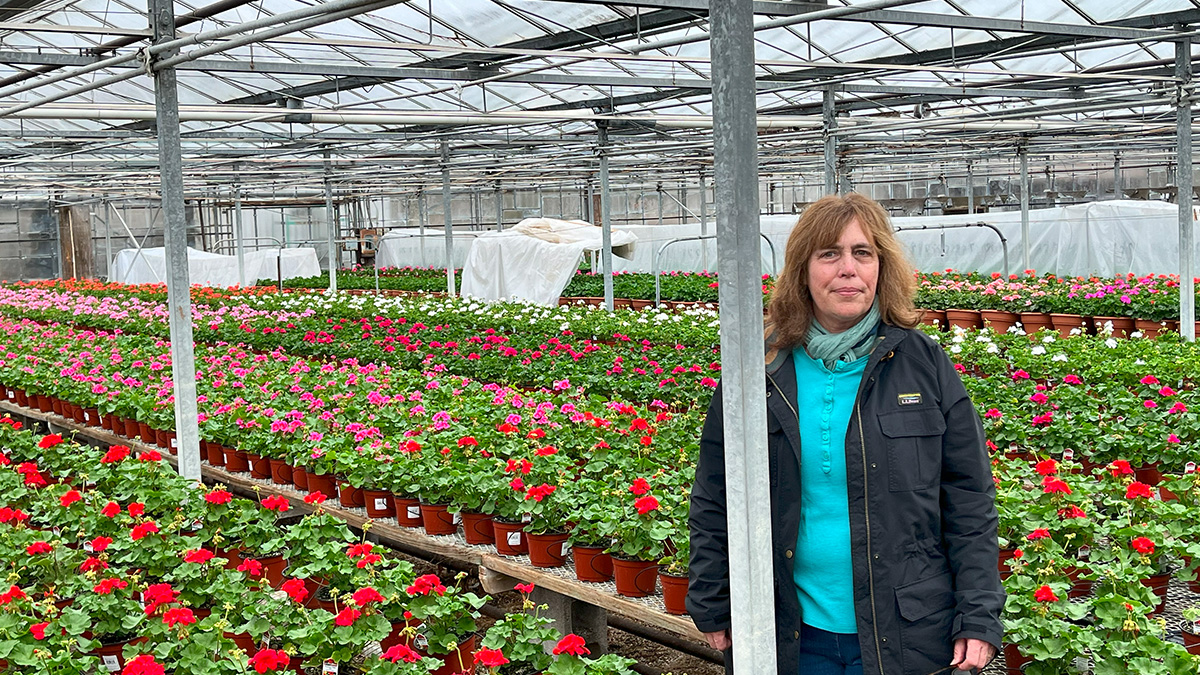
New data from the U.S. Department of Agriculture paints a bleak picture of the future of small family farms.
Virginia lost nearly 10% of its farms - 4,320 in all - between 2017 and 2022. More than 1,834 of those farms were under 10 acres.
And thousands of family-owned farms ceased operations while the number of corporate farms increased. Thousands of acres of farmland is being absorbed by larger farm operations or snapped up by developers to build housing.
The shift is visible in Hampton Roads. Chesapeake went from having 248 farms in 2017 to 180 in 2022, according to the farm census. Meanwhile, the average size of the farms that remained in the city increased by more than 40%.
The pattern is the same in other areas with large farming communities being pressured by increasing suburbanization like Virginia Beach and Isle of Wight County.
Chesapeake farmer Christina Teeuwen worries about the future of farming in the city.
“I think it's going to go away,” she said. “Many farmers, if they're 50, 60, 70 years old, they don't know what to do other than sell their property so they can retire and stop working.”
And the ever-rising costs of land, machinery and everything else has made starting fresh in farming prohibitively expensive, she said.
Teeuwen has been working in her family greenhouses since she was 5, pushing carts full of flowers up to the truck for her father to load.
He came to the United States in the 1950s from the Netherlands, where his family ran greenhouses. Teeuwen’s grandmother, and then later her father, operated greenhouse farms in Norfolk and Chesapeake for decades.
Her father was diagnosed with advanced lung cancer more than a decade ago. As he lay ailing in the back bedroom of their farmhouse, Teeuwen’s mother was pestered weekly by real estate developers.
When he died in 2014, Teeuwen took over the 9-acre greenhouse operation in Chesapeake.
But many families these days don’t have someone willing or able to step up and take over a farm once the farmer has died or is ready to retire.
Teeuwen said one nearby family had an adult son who took over the farm but died.
“In order to keep it as a farm, the other family members continued farming it. But you know, it's a lot of work and it's very expensive,” Teeuwen said. So they sold it.
“I’m sure the other farmers that have 100 acres and they're paying thousands and thousands and thousands of dollars on real estate taxes are wondering why they're doing it anymore.”
Teeuwen has held out, but virtually everyone around them sold to developers years ago.

Townhomes at The Reserve at Grassfield are under construction now, across the road from Teeuwen Greenhouses. Christina Teeuwen worries there's not much future for farming in Chesapeake.
Development has creeped ever southward in Chesapeake. Teeuwen can see Grassfield High from her greenhouses. The school opened in 2007 to handle overcrowding in the city’s high schools.
Teeuwen said they had to stop growing poinsettias for the Christmas season because the lights from the football field were interfering with their growing cycle and delaying their flowering.
Now, townhouses are under construction on the other side of Shillelagh Road.
“Those homes are marching across that field,” Teeuwen said, looking out over the farmland that will soon become four-story apartment buildings.
The former farms surrounding Teeuwen’s are already rezoned, despite objections from the city’s planning staff, to enable the construction of more than 885 townhomes, apartments and condos.
The development will be called Scenic Heights. Four-story buildings will have a view onto Teeuwen’s greenhouses. She worries the elevated development all around her farm will mean her little 9-acre farm will be inundated by drainage spilling off the surrounding development.
As for the far future of the greenhouse farm, Teeuwen said she has eight nieces and nephews.
One nephew has worked a bit at the farm, but they’re all still too young to commit to taking over the operation when she’s ready to give it up.
“We’ll see,” she says as she walks into the humid greenhouse filled with rows of red and pink geraniums just coming into bloom.


